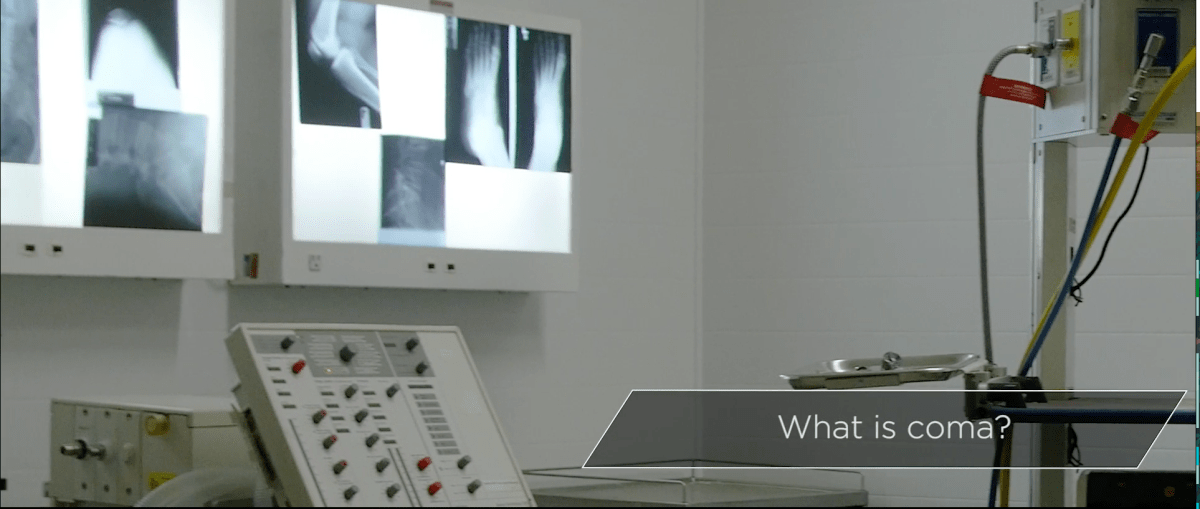Military studies effects of heavy weaponry
The U.S. military is studying whether certain heavy weapons are potentially putting U.S. troops in danger and at risk for a traumatic brain injury. Concerns are stemming from potential brain injuries due to shoulder-fired weapons such as the Carl Gustaf, which looks like a bazooka and is powerful enough to blow up a tank, according […]
The U.S. military is studying whether certain heavy weapons are potentially putting U.S. troops in danger and at risk for a traumatic brain injury.
Concerns are stemming from potential brain injuries due to shoulder-fired weapons such as the Carl Gustaf, which looks like a bazooka and is powerful enough to blow up a tank, according to an article posted on the NPR website.
“A single round for the Carl Gustaf can weigh nearly 10 pounds. The shell leaves the gun’s barrel at more than 500 miles per hour. And as the weapon fires, it directs an explosive burst of hot gases out of the back of the barrel,” the article reads.
There are safety measures in place when troops use weaponry such as the Carl Gustaf, like standing to the side of the weapon, but even still, once fired, soldiers can be exposed to powerful blast waves that come from the muzzle of the weapon.
Blast waves that one Army soldier described as feeling as if you’ve been punched in your entire body.
“During the wars in Iraq and Afghanistan, the military recognized that the blast from a roadside bomb could injure a service member’s brain without leaving a scratch. Hundreds of thousands of U.S. troops sustained this sort of mild traumatic brain injury , which has been linked to long-term problems ranging from memory lapses to post-traumatic stress disorder.”
During the same time, the military also began to consider the effects on the brain due to repeated blasts from weapons similar to the Carl Gustaf.
They reportedly did so after receiving hints about the risk of firing heavy equipment weapons from a program they had launched in Afghanistan.
“In 2011, the Army equipped thousands of troops with blast gauges — coin-sized sensors worn on the head and shoulders,” the article reads. “The gauges, made by a company in Slaughter’s district, were designed to measure the intensity of a blast from a roadside bomb. But they also revealed worrisome levels of blast exposure in some troops who were merely firing certain heavy weapons.”
For one reason or another, the military said they quit using the blast gauges last year stating that they just weren’t helpful in detecting brain injuries.
In a recent email to NPR though, an Army official confirmed they are still using the gauges in some research efforts, including some studies that look at “cumulative low-level blast” effects.










Request Your Free eBook
Our office has provided information regarding the different types of Wisconsin Personal Injury Accidents that we have experience handling.
Wisconsin Accidents
Wisconsin Personal Injuries
Ready to get started?
Call us at 414-374-4444
Main Office Location
Rozek Law Offices, SC
3970 N Oakland Ave Ste 604
Milwaukee, Wisconsin 53211
Additional Client Meeting Location
Rozek Law Offices - Madison
2810 Crossroads Dr Ste 4046
Madison, Wisconsin 53718
Recent Blog Posts










